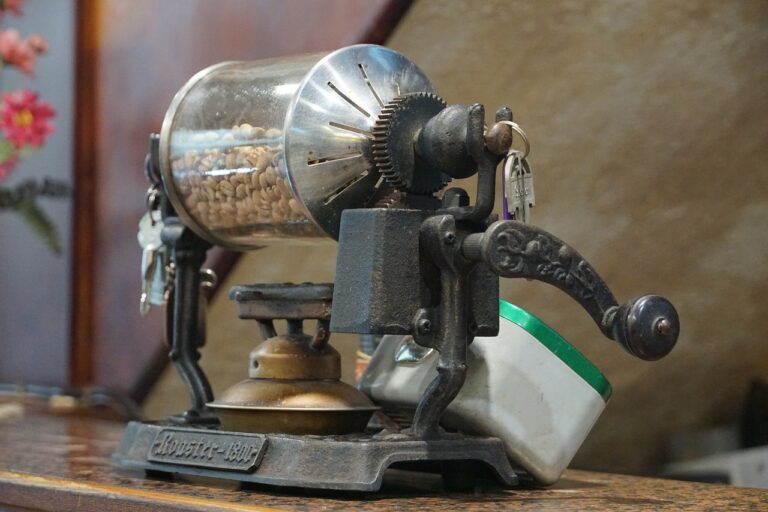The Future of Green Packaging: Innovations in Biodegradable Materials
Biodegradable packaging offers numerous advantages for both businesses and consumers. One key benefit is its positive impact on the environment. Unlike traditional plastic packaging, biodegradable materials break down naturally over time, reducing the amount of waste that ends up in landfills or oceans. This helps to minimize pollution and alleviate the burden on our planet’s ecosystems.
Additionally, biodegradable packaging can contribute to a company’s sustainability efforts. Businesses that prioritize eco-friendly practices by utilizing biodegradable materials can enhance their brand image and appeal to environmentally-conscious consumers. By choosing biodegradable packaging, companies demonstrate their commitment to reducing their carbon footprint and promoting a more sustainable future.
Challenges in Implementing Biodegradable Materials
Despite the increasing popularity of biodegradable materials in the packaging industry, there are several challenges hindering their widespread implementation. One significant obstacle is the higher manufacturing costs associated with producing biodegradable packaging compared to traditional options. This cost factor often deters businesses from making the switch, especially for products with slim profit margins.
Additionally, the limited availability and accessibility of biodegradable materials pose a challenge for businesses looking to adopt more sustainable packaging solutions. Many regions lack consistent access to quality biodegradable materials, making it difficult for companies to source them cost-effectively and in large quantities. This scarcity often leads to supply chain disruptions and hampers the scalability of biodegradable packaging initiatives.
Recent Innovations in Biodegradable Packaging
One exciting innovation in the field of biodegradable packaging is the development of packaging materials made from seaweed. Seaweed-based packaging is not only sustainable and biodegradable, but it also has antimicrobial properties, making it ideal for food packaging. These seaweed-based materials have the potential to revolutionize the packaging industry and significantly reduce the environmental impact of traditional plastic packaging.
Another promising innovation is the use of plant-based polymers, such as polylactic acid (PLA), in biodegradable packaging. PLA is derived from renewable resources like corn starch or sugarcane, making it a more sustainable alternative to conventional plastics. Companies are increasingly incorporating PLA into their packaging products, offering a biodegradable option that performs comparably to traditional plastics in terms of durability and versatility.
What are the benefits of using biodegradable packaging?
Biodegradable packaging helps reduce environmental impact, as it breaks down naturally and does not release harmful chemicals into the environment. It also helps reduce waste and promote sustainability.
What are some challenges in implementing biodegradable materials for packaging?
Some challenges include higher costs compared to traditional packaging materials, limited availability of biodegradable options, and concerns about the durability and performance of biodegradable packaging.
What are some recent innovations in biodegradable packaging?
Some recent innovations in biodegradable packaging include the development of plant-based bioplastics, edible packaging materials, and compostable packaging options. These innovations aim to provide more sustainable packaging solutions for businesses and consumers.







